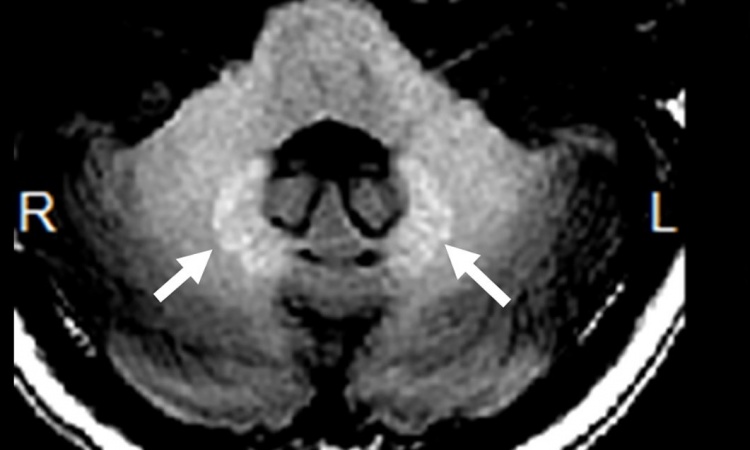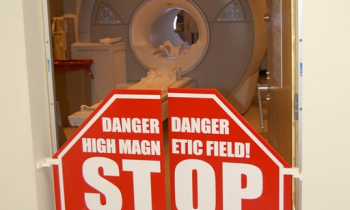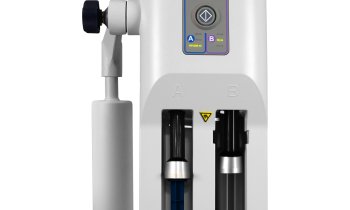High risk of contrast-induced nephropathy refuted
The belief that iodinated contrast agents can induce nephropathy has been held for many years, even though most of the clinical literature has not been able to distinguish contrast-induced nephropathy from other causes of the condition.
This August, however, Columbia University researchers published* results from their study of the clinical data of over 32,000 patients that spanned a decade. These suggest the estimated risk from iodinated contrast media may have been grossly overestimated. ‘We don’t claim that IV contrast material never induces nephropathy, but it may do so less frequently and severely than previously thought,’ said principal investigator Dr Jeffrey Newhouse, director of the abdominal imaging division at Columbia-Presbyterian Medical Centre, New York City. ‘If subsequent experimentation proves its safety, it could be used more frequently in patients with renal failure.’
The retrospective review involved electronic records for radiology, cardiology, and laboratory results stored in the clinical data warehouse from January 1995 to the end of December 2004. The researchers identified 32,161 patients who had undergone imaging without iodinated contrast material. The frequency and magnitude of serum creatinine changes in these patients was then compared with the clinical data reported in previously published articles on the correlation of contrast media, serum creatinine levels and nephropathy.
The Columbia team found that creatinine levels rose as often in patients who had not received contrast material as in the patients who did.
Over 50% of the 32,161 patients who did not receive contrast material showed a change of at least 25% in creatinine levels. Some two in five showed changes of at least 0.4 mg/dL. These changes occurred in patients with normal and abnormal initial creatinine values and had been caused by a wide range of conditions, treatments and laboratory variations that may alter creatinine levels.
Dr Newhouse said these changes were not different from those published by the clinical literature on patients who underwent contrast-enhanced exams.
He advised a cautious interpretation of prior studies of the relationship between iodinated contrast material and renal function, because serum creatinine levels change frequently in the absence of iodinated contrast media material. Future studies need to incorporate appropriate controls.
*Publication: American Journal of Roentgenology (August 2008;191:376-382).
01.09.2008










